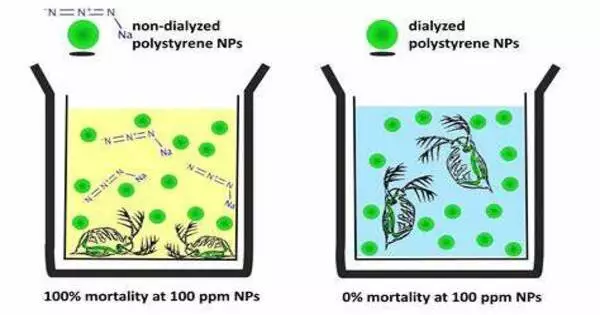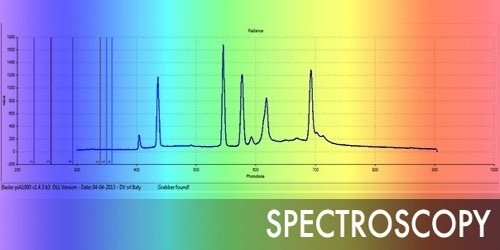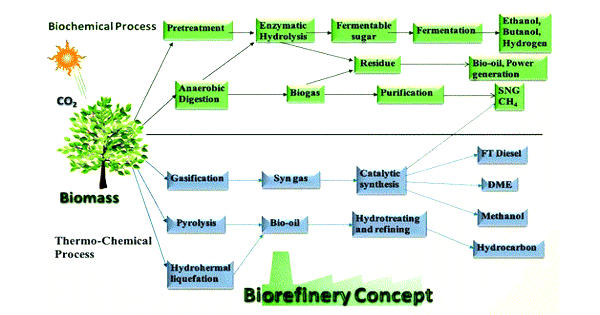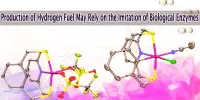Ecotoxicity testing of micro- and nano-plastics is critical for understanding the potential environmental impact of these particles. Microplastics are small plastic particles less than 5 millimeters in size, while nanoplastics are even smaller, with dimensions in the nanometer range. These particles may result from the breakdown of larger plastic items or maybe purposefully manufactured for specific applications.
An international team of researchers has published the first harmonized exposure protocol for testing the ecotoxicity of microplastics and nanoplastics. An international team of researchers led by the University of Eastern Finland has published the first harmonized exposure protocol for ecotoxicity testing of microplastics and nanoplastics in Nature Protocols.
Plastic pollution has emerged as a major environmental and human health concern on a global scale. Despite growing concern about the harmful effects of micro- and nano-plastics (MNPs), no harmonized guidelines or protocols for testing their ecotoxicity are currently available.
Plastic pollution has emerged as a major environmental and human health concern on a global scale. Despite growing concern about the harmful effects of micro- and nano-plastics (MNPs), no harmonized guidelines or protocols for testing their ecotoxicity are currently available. Current ecotoxicity studies frequently use commercial spherical particles as models for MNPs, but MNPs occur in a variety of shapes, sizes, and chemical compositions in nature.
Furthermore, protocols developed for chemicals that dissolve or form stable dispersions are currently used to assess the ecotoxicity of MNPs, but these protocols are not optimal for studying MNPs because plastic particles do not dissolve and also exhibit dynamic behavior in the exposure medium, depending on factors such as MNP physicochemical properties and the ionic strength of the medium.
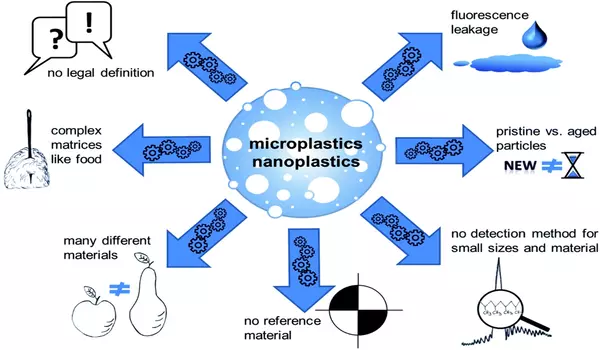
The new exposure protocol takes into account MNP particle-specific properties as well as their dynamic behavior in exposure systems. The protocol, for example, allows for the creation of more realistic MNPs that resemble those found in nature. The protocol also describes the development of exposure systems for short- and long-term toxicity tests for soil and water organisms.
The researchers give examples of how they used the protocol to test MNP toxicity in marine rotifers, freshwater mussels, daphnids, and earthworms. The current protocol, which can be used by students, academics, environmental risk assessors, and industries, takes between 24 hours and two months, depending on the test of interest.
